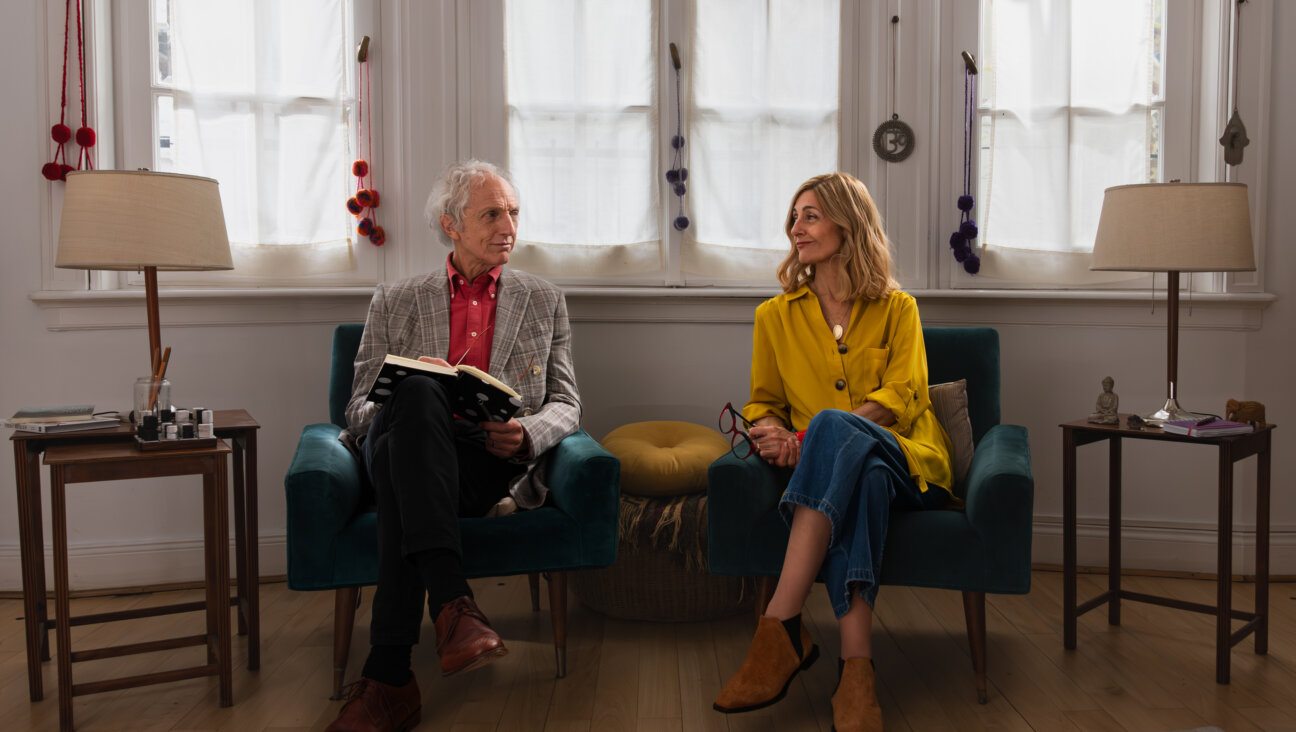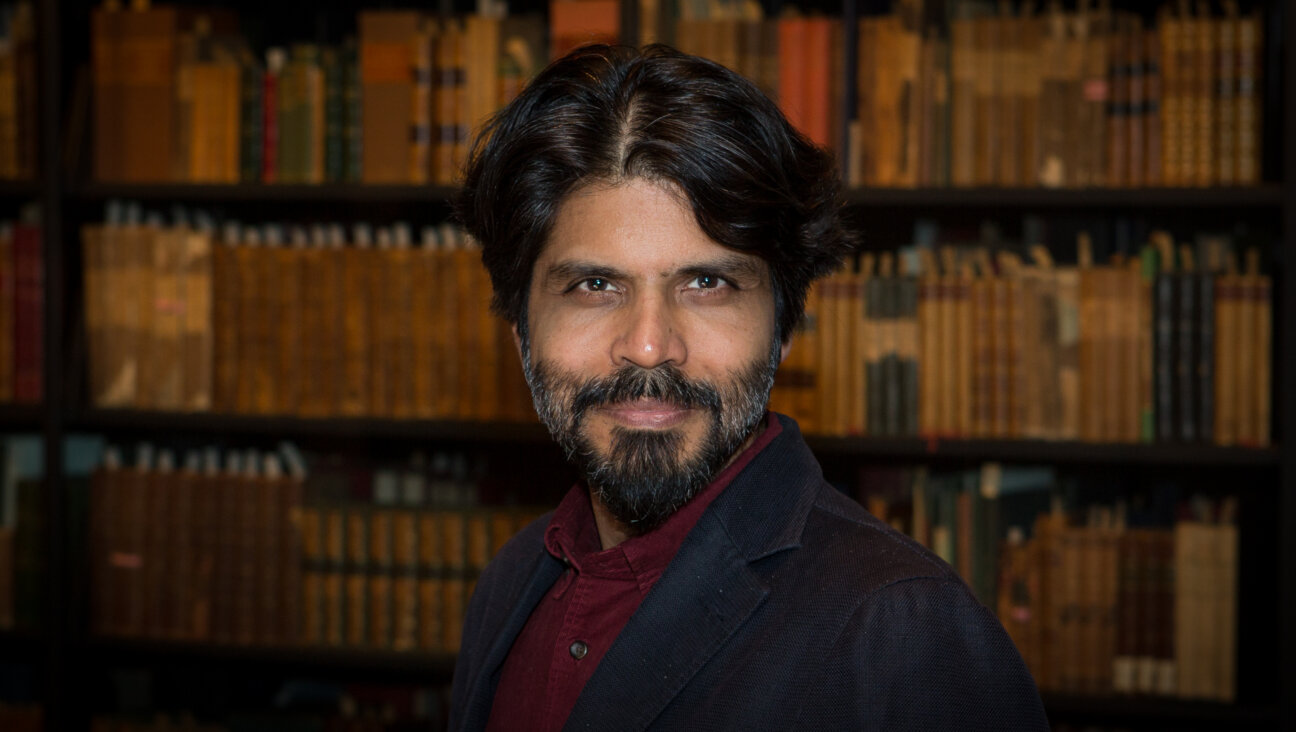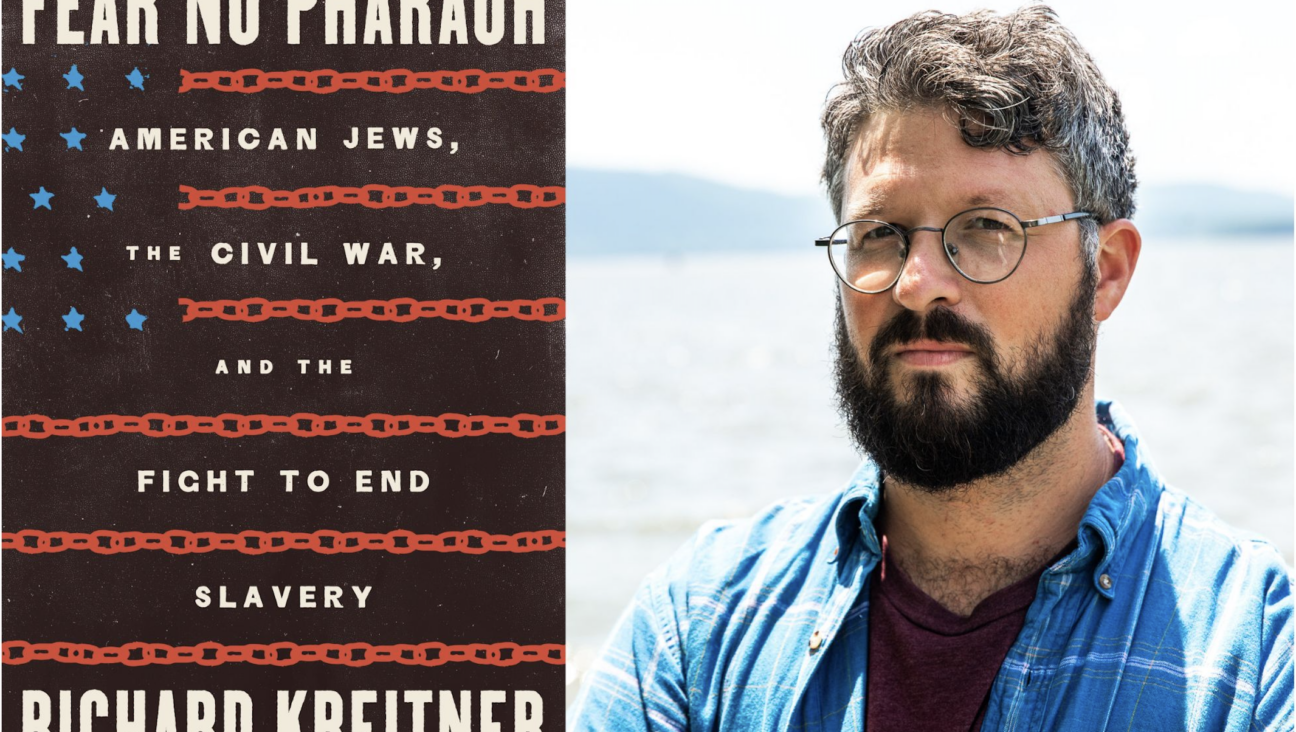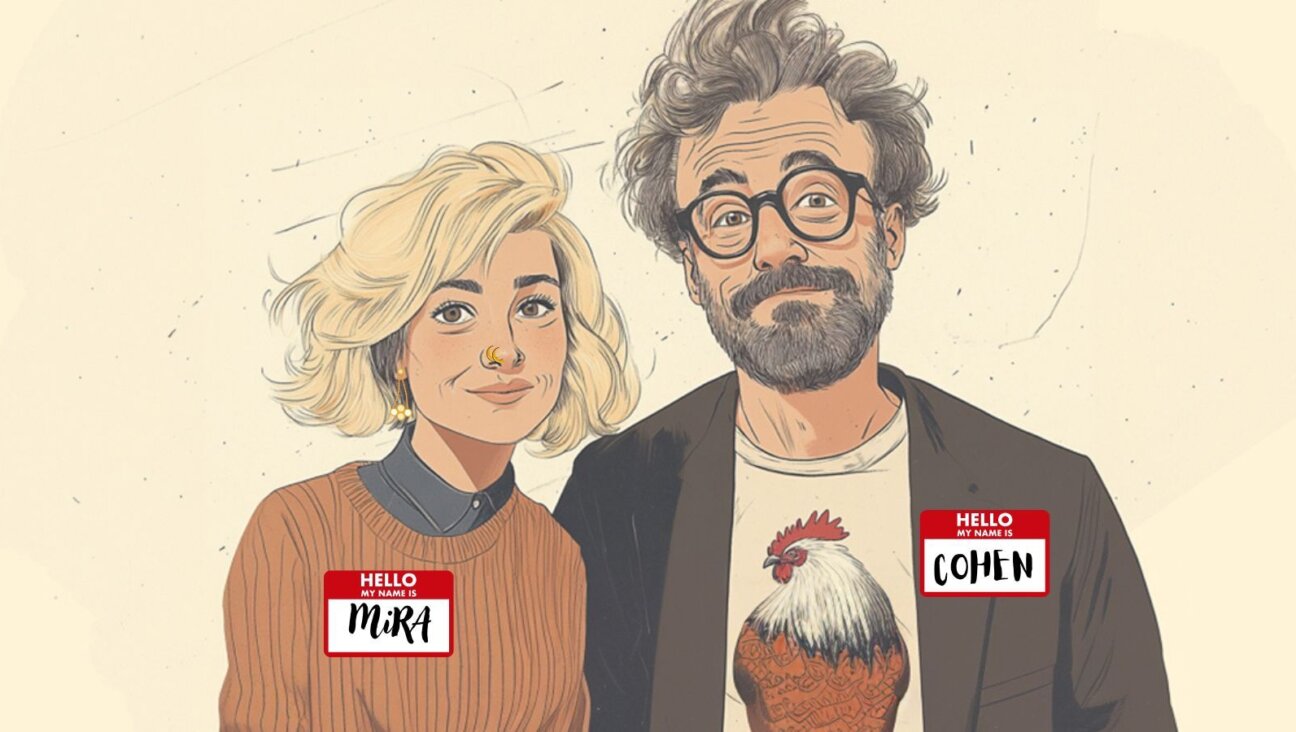BINTEL BRIEFCan you be buried in a Jewish cemetery if you die by medically assisted suicide?
Bintel asks the experts on behalf of a reader whose husband has terminal cancer
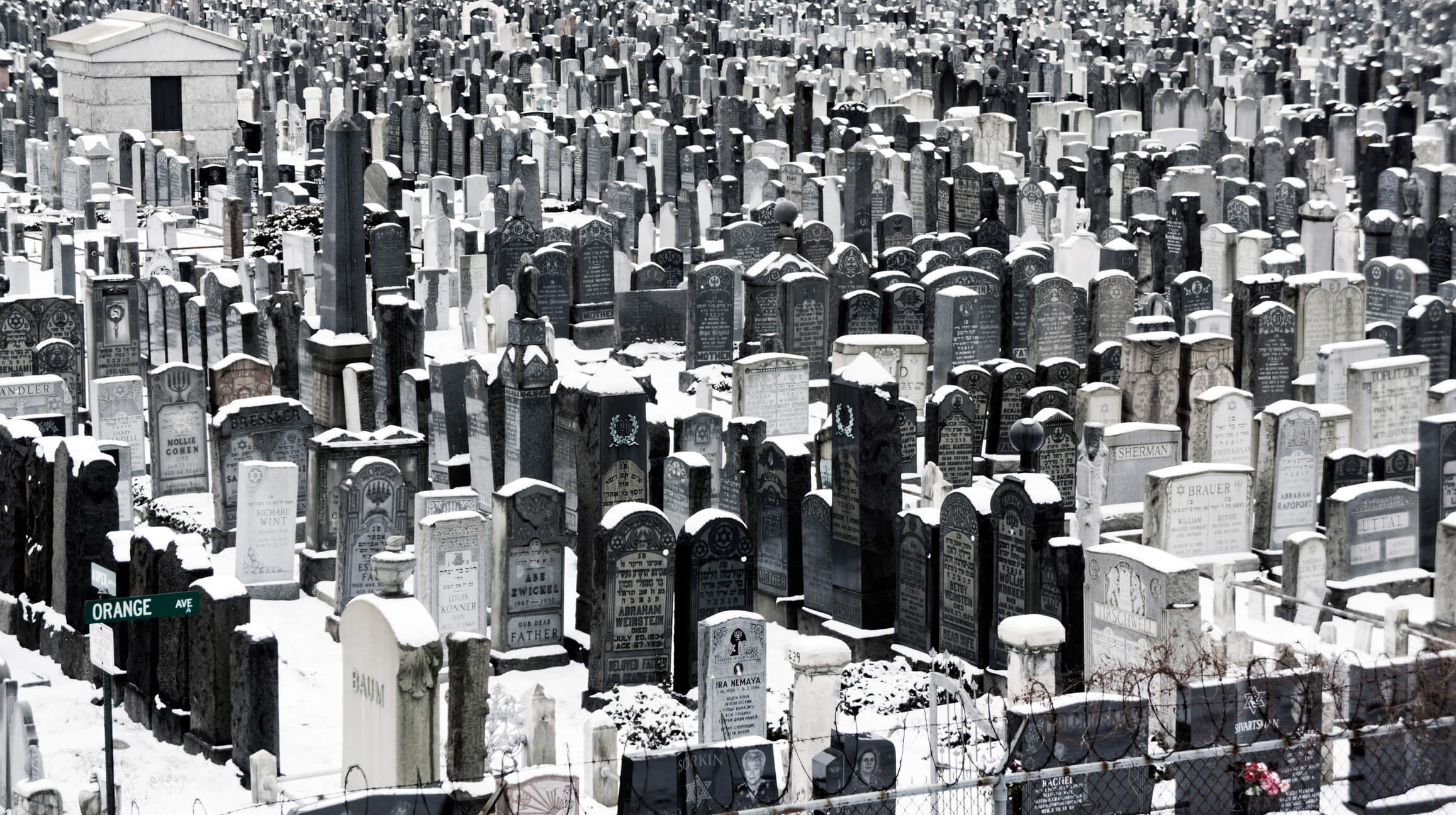
The Meretz Cemetery in Brooklyn, founded in 1867. Photo by iStock
A Bintel Brief, Yiddish for a bundle of letters, has been solving reader dilemmas since 1906. Send yours via email, social media or this form.
Dear Bintel,
My husband is nearing the end of his life due to cancer. He wants assisted suicide, legal in my state. Can he be buried under these circumstances in a Jewish cemetery?
Signed,
Near the End
Dear Near the End,
I’m so sorry to hear about your situation and your husband’s suffering. I can only imagine how tragic and difficult this must be for both of you.
I’m no authority on Jewish law, so I asked for help from several experts. The bottom line: Cemeteries and funeral homes don’t require, and won’t inquire about, end-of-life details, so you should have no problems there. But if you belong to a synagogue, or you have a rabbi in mind to assist you at some point in this process, you might want to speak directly with them. And if you don’t get the answer you want, keep looking. You can probably find the support you need from a different rabbi, perhaps from a different Jewish denomination.
Here are some detailed responses to your question.
Funeral homes and cemeteries: No problem
Albert Bloomfield, past president of the Jewish Funeral Directors of America and a third-generation funeral director in Rockville, Maryland, said cemeteries usually don’t ask about a cause of death. “They get a copy of a permit to bury, but they don’t deal with all the other things that go into that,” he explained. “My guess is no one is ever going to ask.”
If you want to be certain, though, Bloomfield suggested asking your intended cemetery if there are any restrictions, and if you want a rabbi to officiate, find out “whether they feel comfortable” doing so.
Kevin Gray, president of Star of David Memorial chapels in New York, which works with many large Jewish cemeteries on Long Island, said his staff has assisted a number of families whose loved ones died by suicide. “There’s no issue with burial in any of the cemeteries we work with,” he said.
Jewish burial society: Preparing the body
I also reached out to Hannah Lebovits, a Forward contributor who has written about her experiences as a member of an Orthodox burial society — chevra kadisha — that cleanses bodies in preparation for burial according to Jewish law.
“We do not ask for the death conditions of the deceased and treat each individual as if they had the ideal death,” she said in an email. “The only information we typically have is the general height and weight of the deceased (so we can bring the right sized burial shrouds) and the overall condition of the body — such as whether there are sores, ports, etc. so that we can estimate whether we might need extra time and materials.”
The rabbinic view
I sought the rabbinical perspective as well. Rabbi Mark Washofsky, chair of the Solomon B. Freehof Institute of Progressive Halakha and an ethicist in the Reform movement, said the “short and simple answer” is yes, Jewish burial is permitted for medically assisted suicide.
But the longer answer is a bit nuanced. Jewish law actually “prohibits suicide,” Washofsky noted. “And unlike others who transgress against Jewish law,” those who die by suicide “cannot subsequently do t’shuvah (repentance) for their action.” That’s why some “traditional communities” have a rule that those who die by suicide should be buried “in a special section of the cemetery reserved for ‘sinners.’”
Here’s why that rule would not apply to your husband. Non-Orthodox denominations have “become more permissive” about medically assisted suicide in cases of terminal illness, he said. So any cemetery connected to Reform or Conservative shuls “should raise no objections.”
The case of King Saul
Even those who adhere to stricter interpretations of Jewish law show “understanding and compassion toward those who take their lives in moments of extreme duress,” Washofsky said. He cited King Saul, who fell on his sword when he was about to be captured by the Philistines “out of fear that the enemy would torture and ultimately kill him.”
Washofsky said “mainstream Jewish tradition doesn’t necessarily condone his action, but, recognizing the enormous pressure that drove him to it, also doesn’t condemn him for it.”
In fact, he said, the sages use Saul’s story as a metaphor. Those who die by suicide “while experiencing extreme tza’ar” — a word that encompasses severe psychological, emotional, and physical pain, he said, are seen as being “coerced in the manner of King Saul.’”
Neither they nor those who mourn them, Washofsky added, should be penalized with the “disgrace of a separate burial place.”
Rabbi Elliot Dorff, a leader in the Conservative movement, has written extensively on suicide and reached a similar conclusion. “If we’re talking about the kinds of cases where pain cannot be controlled,” he said in a video seminar in May, “then we have both a Jewish duty and simply a human duty to try to quell the pain, even if it means helping somebody die this way.”
Dorff added that the rule that people who die by suicide be buried outside the Jewish cemetery was “rarely, if ever, enforced, using the presumption that the person was insane and therefore not responsible for his or her act of suicide.”
History of Jewish burial
Historically, though, there is some evidence that Jewish immigrants who died by suicide in the U.S. were buried in “separate rows” in the late 19th and early 20th centuries, according to Yael Levi, an adjunct lecturer at the Hebrew University of Jerusalem who is writing a book on the topic.
But Levi’s research, published in the journal Jewish Social Studies, also found that “rabbinic authorities often found grounds for allowing Jewish burial” in such cases, and that “for the family’s sake, most rabbis did treat the body with dignity.” As Jewish burial societies became more secularized over time, she wrote, “suicides were treated with leniency and the deceased were allowed to be part of the community.”
Your husband’s situation, Washofsky said, is “exactly the kind of tza’ar of which our tradition speaks when it counsels us to respond to suicide with compassion and understanding.”
He added: “There is no justification for any Jewish cemetery either to deny him burial or to assign him to a special, discriminatory place within its confines.”
I hope some of these ways of approaching the situation Jewishly, along with Jewish rituals, wisdom and support from others in your community, bring you comfort as you navigate the challenges ahead.
Signed,
Bintel
Do you have any additional thoughts for this advice-seeker? Send them to [email protected] or send in a question of your own. And don’t miss a Bintel: Sign up for our Bintel Brief newsletter here.
Editor’s note: This story mentions suicide. If you or someone you know is in crisis or needs support, call or text the National Suicide Prevention Lifeline in the U.S. at 988.
Correction: Bintel’s response has been updated to use the preferred term, medically assisted suicide, rather than assisted suicide.

